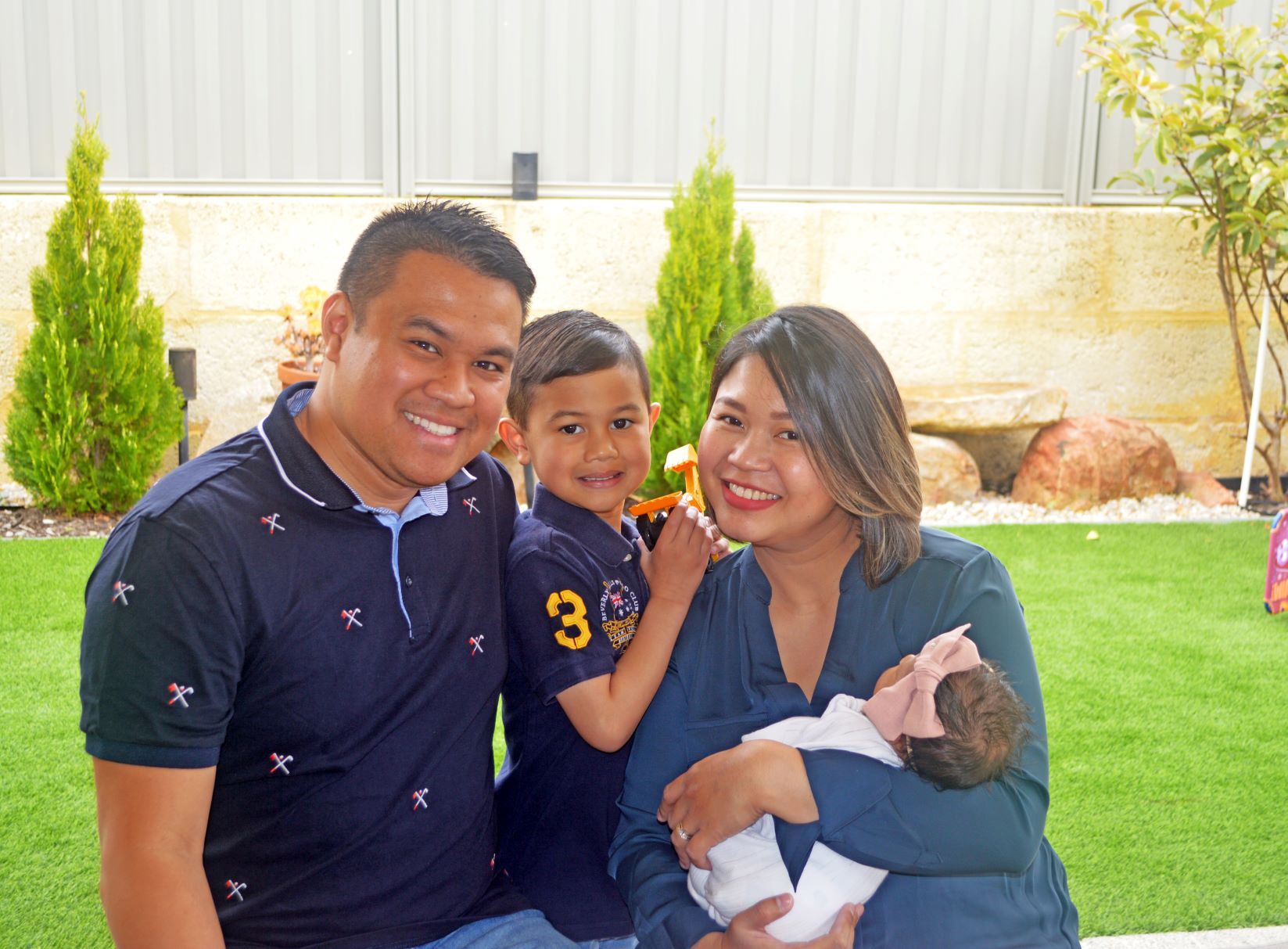Search
Showing results for "A"

News & Events
ORIGINS has welcomed its 4,000th familyORIGINS has recently welcomed its 4,000th family into the study.
Research
Survival of people with cystic fibrosis in AustraliaSurvival statistics, estimated using data from national cystic fibrosis (CF) registries, inform the CF community and monitor disease progression. This study aimed to estimate survival among people with CF in Australia and to identify factors associated with survival.
Research
Predicting outcome following mild traumatic brain injury: Protocol for the longitudinal, prospective, observational Concussion Recovery (CREST) cohort studyMild traumatic brain injury (mTBI) is a complex injury with heterogeneous physical, cognitive, emotional and functional outcomes. Many who sustain mTBI recover within 2 weeks of injury; however, approximately 10%-20% of individuals experience mTBI symptoms beyond this 'typical' recovery timeframe, known as persistent post-concussion symptoms (PPCS). Despite increasing interest in PPCS, uncertainty remains regarding its prevalence in community-based populations and the extent to which poor recovery may be identified using early predictive markers.
Research
Postvaccination Febrile Seizure Severity and OutcomeVaccine-proximate febrile seizures accounted for a small proportion of all febrile seizures hospital presentations
Research
Predicting NSSI among trans young people: the role of transphobic experiences, body image, and gender dysphoriaNon-suicidal self-injury (NSSI) is particularly common among trans young people. NSSI is most commonly used as an emotion regulation strategy, which may explain the high prevalence of the behavior among trans young people, who often experience unique stressors. In the current study we test an application of the Pantheoretical Framework of Dehumanization, in which transphobic experiences, body surveillance, body dissatisfaction, and gender dysphoria are all theorized to predict NSSI.
Research
Achieving universal electrification of rural healthcare facilities in sub-Saharan Africa with decentralized renewable energy technologiesA potential response to the COVID-19 pandemic in sub-Saharan Africa (SSA) with long-term benefits is to provide electricity for medical equipment in rural health centers and communities. This study identifies a large gap in the electrification of healthcare facilities in SSA, and it shows that decentralized photovoltaic systems can offer a clean, reliable, quick, and cost-effective solution.
Research
Simplified bedside assessment of pulmonary gas exchange in very preterm infants at 36 weeks' postmenstrual ageWe aimed to develop and validate a prediction table for a simplified measure of rightward shift of the fetal oxyhaemoglobin saturation (SpO2) versus inspired oxygen pressure (P IO2) curve as an objective marker of lung disease severity in very preterm infants, independent of unit altitude or oxygen prescribing policies.
Research
Interventions to Improve Child Physical Activity in the Early Childhood Education and Care Setting: An Umbrella ReviewEarly childhood education and care (ECEC) services are a key setting to support improvements in the physical activity of young children. This umbrella review gathered and synthesised systematic review evidence of the effectiveness of interventions in the ECEC setting on the physical activity levels of children aged 0–6.
Research
Genome-wide methylation analysis identifies differentially methylated CpG loci associated with severe obesity in childhood.This study identifies widespread DNA methylation changes in whole blood associated with childhood obesity.
Research
Clinical Phenotype in Individuals With Birk-Landau-Perez Syndrome Associated With Biallelic SLC30A9 Pathogenic VariantsBirk-Landau-Perez syndrome is a genetic disorder caused by biallelic pathogenic variants in SLC30A9 presenting with a complex movement disorder, developmental regression, oculomotor abnormalities, and renal impairment. It has previously been reported in 2 families. We describe the clinical phenotype of 8 further individuals from 4 unrelated families with SLC30A9-related disease.
